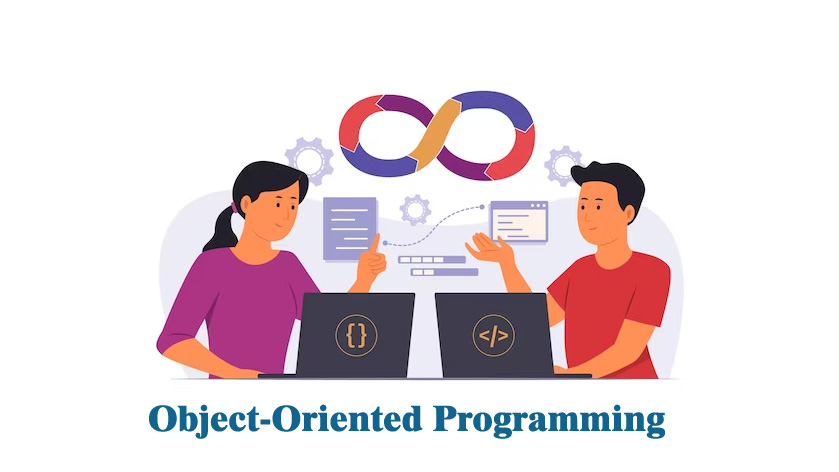Object-oriented programming is a fundamental programming used by many developers. It is one of the most popular programming processes used for software development and is the standard way to code for almost every programmer’s educational career. Let us understand the fundamentals of object-oriented programming that you can use in your algorithm or projects.
This programming is used in computer science that focuses on objects and classes. It will help in creating individual instances of things, and it will also help to structure a software program into a reusable piece of code blueprints called classes. Object-oriented programs include C++, Python, Java, and more code languages.
However, Object-oriented languages are not restricted to object-oriented program processes. Some languages, like Python And JavaScript, allowed for object-oriented programming and procedural styles.
What is Class in Object-Oriented Programming?
A class is an abstract blueprint that will create specific and concrete objects. It will represent categories such as Vehicle objects such as a motorcycle or any animal such as a cat that will share attributes. These classes will define the characteristics and instances of this type, like color, brand, or model. But not the value of those attributes for a particular object.
Therefore, it also contains other functions like methods. This is available only to objects of a particular type. These functions are defined within the class and work on actions that are helpful for specific object types.
What are the Benefits of Object Oriented Programming?
- Object-oriented programming can be used across various platforms. It means it is reusable.
- It will allow polymorphism for class-specific behavior.
- Object-oriented programming models will simplify structures as reproducible from complex objects.
- With the help of it, classes will contain all applicable information to them, so it will be easy to debug the program.
- Moreover, it will protect sensitive information through a process called encapsulation.

